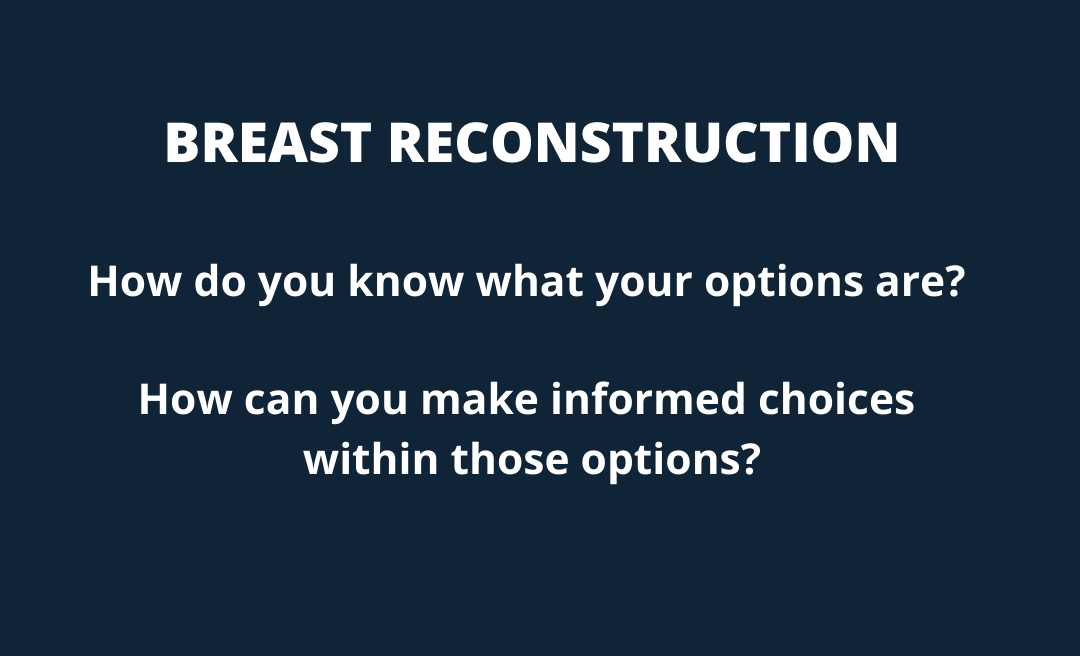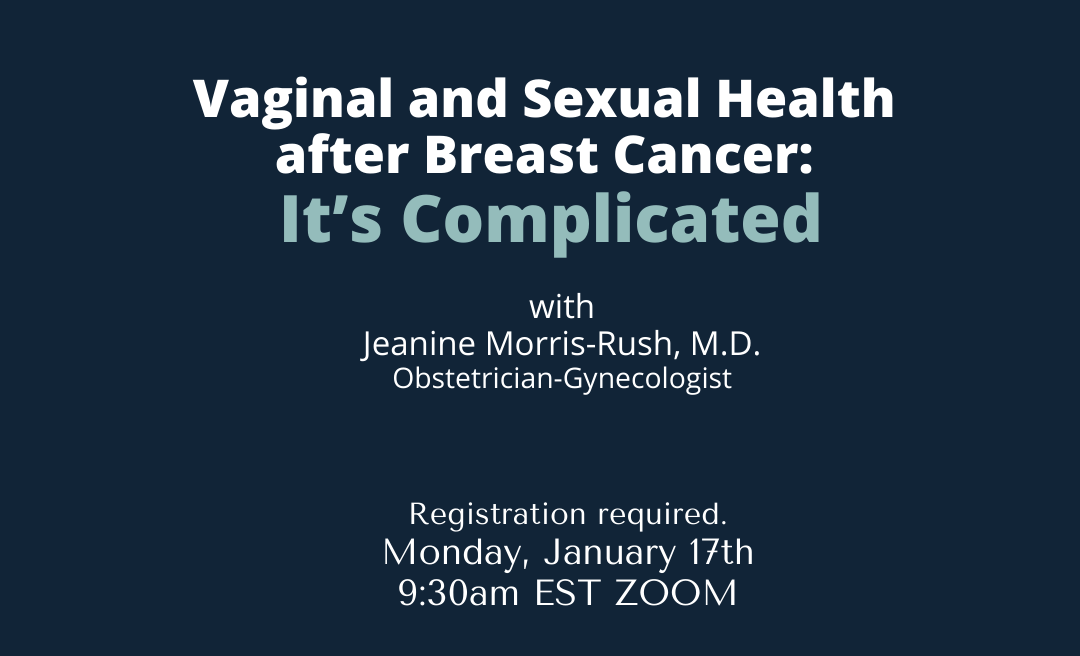Know Your Breast Reconstruction Options
December 8, 2021
Breast reconstruction has become a rich and diverse surgical field over the past decade. Where patients once had extremely limited choices—if any—they now have multiple implant-based, natural tissue, and flat options. While it’s encouraging, it also presents a new kind of problem for patients: how do you know what your options are? And how can you make informed choices within those options? Drs. Peter Korn, David Light, and Jonathan Bank joined BRCAStrong to talk about patient education and available options as the second part in a Breast Reconstruction Awareness Day collaboration.
Their discussion shed some light on flap, implant, and goldilocks procedures, along with promising improvements to postoperative sensation, fat grafting, and more. Read on for a few highlights from the discussion or watch the full story here!
Natural tissue reconstruction options vary patient-to-patient.
Dr. Light explained that natural tissue options are largely dictated by what already exists on a patient’s body.
“A lot of flaps are based on areas where everyone has a little extra,” he said.
If patients do not have enough “extra” in one site, stacked and hybrid options can help build volume. Stacked flaps use multiple flaps for one breast, meaning a single breast might be reconstructed using both an abdominal flap and a thigh flap. Hybrid breast reconstruction combines a flap and an implant.
Natural tissue and implant-based breast reconstruction options each come with their own unique set of pros and cons.
“With all the information that is out there, it becomes hard for patients to filter what they should choose and why they should choose one or the other,” Dr. Korn said.
According to Dr. Korn, the implant or natural tissue reconstruction decision often comes down to a few key considerations: upkeep, scarring, and a patient’s willingness to have a foreign object present within their body.
“Implants give us the immediate shape that we want, but they are foreign bodies and they require maintenance,” he said.
While implants must be monitored and replaced after several years, natural tissue reconstruction is maintenance-free. Patients are able to move on with their lives after they reconstruction is finalized. However, flaps tend to come with more challenging recovery periods and additional bodily scarring. “I think the best advice is to go to a practice that focuses on breast reconstruction and has all the options available and can really specialize the treatment plan,” he said.
Patients often choose to have both breasts removed for peace of mind and reconstructive symmetry.
Dr. Korn explained that more and more patients are choosing a double mastectomy in response to unilateral breast cancer. He said that from an oncologic perspective, it eases concerns about recurrence, particularly in young patients.
“The younger the patient is, the more meaningful it is. If you have a long life expectancy, the chance of something happening accumulates.”
He added that it also facilitates more satisfactory breast reconstruction. Surgeons can only use a given natural tissue flap donor site once, meaning that if a patient has a DIEP flap to reconstruct just one breast, they cannot have another DIEP flap in the event that they experience a recurrence in the opposite breast.
“The DIEP flap is a one-time opportunity, and that certainly shapes the choice.”
Patients who choose implant reconstruction also tend to be dissatisfied with a unilateral reconstruction, as it is often asymmetrical in terms of projection, movement, and more.
Mastectomy and reconstructive surgical techniques can preserve or restore breast sensation.
Many women don’t know that there are options to reduce or prevent long-term post-mastectomy pain. Dr. Bank explained that the best way to avoid pain is to avoid cutting nerves unnecessarily during mastectomy. However, there are also options to reconnect nerves at the mastectomy site to nerves within a flap during or after natural tissue reconstruction to mitigate nerve damage. These procedures can help chronic pain and discomfort.
“It’s one of the most satisfying parts of my practice right now, because the lady goes to sleep with pain and wakes up without it,” he said.
Vaginal and Sexual Health after Breast Cancer: It’s Complicated
Join us on Monday, January 17, 2022 at 9:30 AM EST via ZOOM for our next lecture as part of our Be Informed Lecture Series.…
